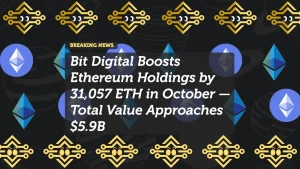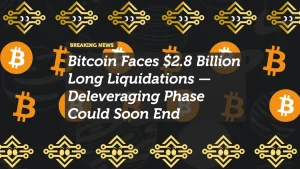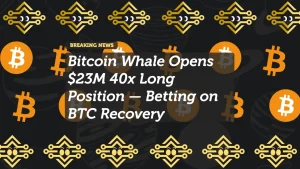
Bitcoin and Ethereum Remain Flat Amid Iran-Israel Conflict Developments
In the wake of growing geopolitical instability in the Middle East, particularly following Iran’s claim of strategic victory in recent conflicts, many expected a heavy shake-up in risk markets—including crypto. But surprisingly, both Bitcoin and Ethereum have stayed largely flat.
With the world’s eyes on escalating events in the region, traders are now asking: is crypto maturing into a geopolitical hedge, or is this just the calm before the storm?
Market Snapshot
As of the latest data:
- Bitcoin is holding steady around the 106K range, showing less than 1 percent movement over 24 hours.
- Ethereum is similarly quiet, trading above 2400 but without meaningful volatility.
This muted market reaction comes despite major headlines that would have, in past years, sent crypto either flying as a safe haven—or crashing on panic.
What’s Happening in the Middle East?
Iran has claimed a “victory” after recent skirmishes and diplomatic stand-offs involving Israel and US interests in the region. This statement, released through state-backed channels, comes just days after airstrike reports and cyberattacks raised tensions between the two nations.
While exact details remain murky, Iranian officials are framing the outcome as a strategic success in deterring foreign aggression.
This sort of geopolitical news would normally rattle markets—but the response from crypto has been… underwhelming.
Why Is Crypto Staying Flat?
Analysts suggest a few reasons:
1. Geopolitical Immunity?
Crypto’s narrative as a “chaos hedge” is gaining ground. The idea is that, in a world full of uncertainty, decentralized assets offer a kind of neutral ground, free from direct national control. The lack of movement may actually signal a mature response, with investors holding their ground rather than panic-trading.
2. Macro Eyes on the Fed
The real driver this week could be Jerome Powell’s testimony and the upcoming July CPI report. The Federal Reserve’s rate strategy remains the top macro input for crypto, and traders may simply be waiting for a clearer picture before making big moves.
3. Summer Liquidity Doldrums
Let’s not forget: summer months often bring thinner volumes. Lower liquidity can mute reactions, even to major news—especially with institutions hedged and retail mostly watching from the sidelines.
Are Markets Underestimating the Risk?
Some voices on Crypto X warn that complacency might be setting in. While the Iran-Israel situation hasn’t triggered an immediate selloff, it’s also not fully resolved. With oil markets watching closely and global tensions climbing, any sudden escalation could still hit high-beta assets like altcoins and DeFi tokens hard.
Others argue that crypto is slowly detaching from headlines unless there’s a direct impact on internet infrastructure, financial rails, or fiat-pegged stablecoins.
Investor Sentiment
Interestingly, despite flat price action, fund flows into crypto ETFs and exchanges remain positive. That’s a sign that while volatility is low, confidence is holding—especially in Bitcoin, which many now view as a digital version of gold in times of turmoil.
This resilience is being echoed across the derivatives market too, with funding rates and open interest levels stable, indicating no major fear or leverage wipeouts are in play—yet.
Final Thoughts
Crypto markets are often seen as emotional and reactive, but this week tells a different story. While global tensions rise and headlines flash red, Bitcoin and Ethereum have stayed cool, hinting at a more composed and institutional base of holders.
Whether that calm persists will depend on both the Fed’s next move and how events in the Middle East evolve. But for now, crypto has passed its latest geopolitical stress test.
















